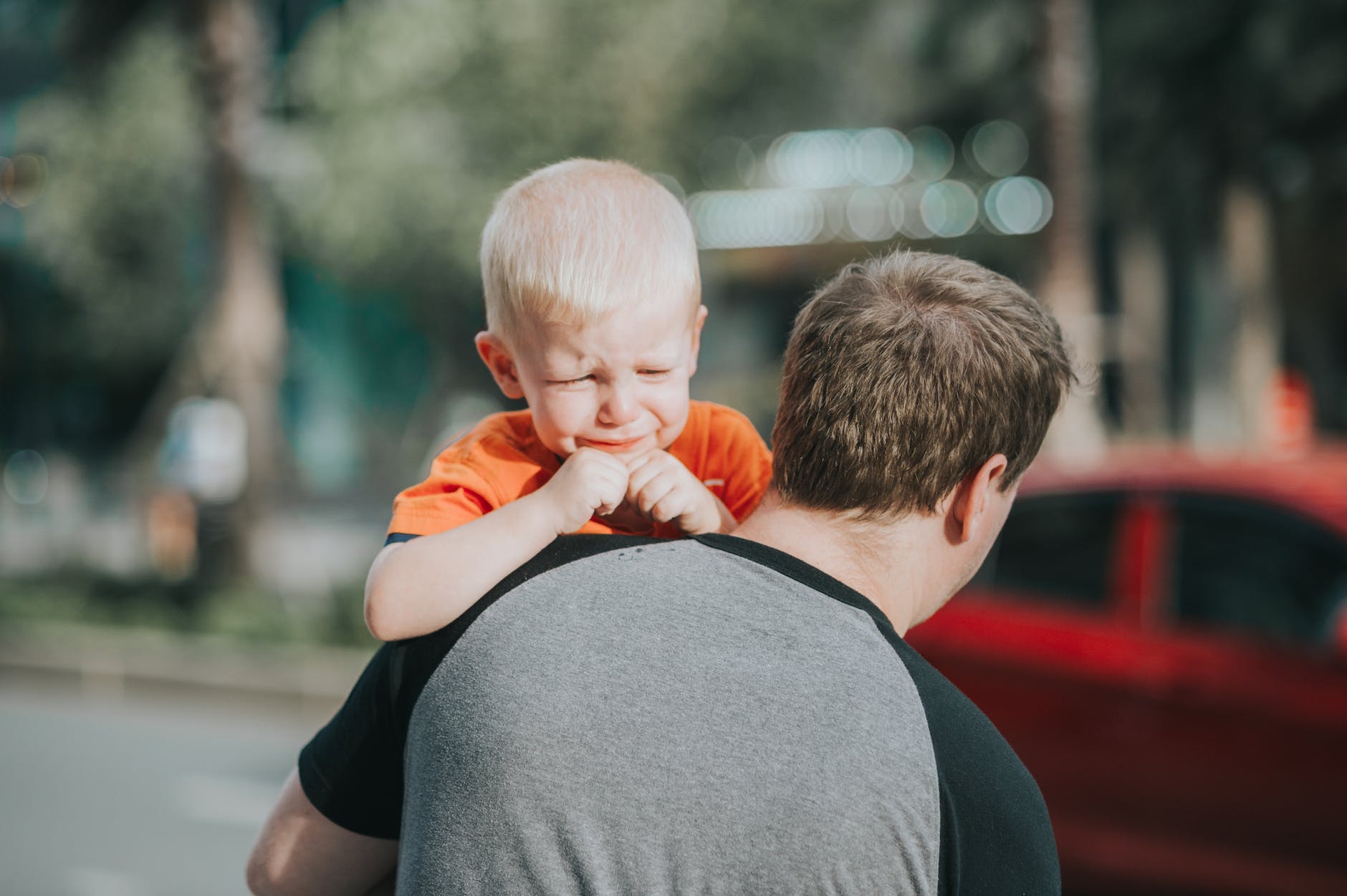Who’s There?

It all starts at the foundation. What I like to call The Floor.
Has anyone ever experienced McDonald’s floors? You need slip resistant shoes for them. But there is always the possibility to still slip and fall. Like life. Then, you get back up. Learn the lessons. Notice the patterns. Keep moving, ebbing and flowing like the ocean. Always in a process of becoming.
Those that lie with dogs rise with fleas. Yes and no.
You do become like the people you surround yourself with.
I have been fortunate enough to be surrounded by the go getters, the people who get stuff done for their business, families, friends and for their soul.
They inspire me each and every day. I am humbled by the magnitude of their strength and their soul. We are a soul family. For real.
They didn’t choose to listen to dogma, complain or even echo the cliche: “whoa is me“, or even list their sacrifices and grievances, instead they did something about it. The trials and tribulations they took as learning lessons and stepping stones leading up to their greatness way of a whole being. in the making.
I bear witness. A dear friend turns and flips homes into Schools of Love helping to put the generational fire of addiction to ash for good. It starts with our youth. It starts with love.
Or another dear friend and soul sister who dared to open up her own school and name it after her grandmother, someone who had impacted and imprinted her childhood in a profound and endearing way. Legacy living on and on.
Another one, who from the moment I stepped foot into a classroom made me fall in love with Early Childhood Education. She had me notice the little things. It all started at a hug. A hug and a hello. She sees the humanity and the importance of relationships. That’s what it all comes down to. Love. Love. Love. Light, coupled by care and then, like alchemic magic, the rest handles itself.
Sometimes people don’t see their own value and their own worth. Another dear one, made me see my worth and negotiate to get what I deserve and continues to negotiate on the behalf of others.
Our students and children also have dreams and struggle with worth, self-efficacy and self-fulfilling prophecies. Sometimes they need a gentle or even loud reminder. A soft push to see the power in themselves. We are always in a process of becoming. Our process never ever ends even in the so-called death and dying part of it.
Another dear human who founded and runs an organization chose to empower her community and generations to follow. Breaking and dismantling poverty during and after war.
Then I met another remarkable person who on a soul level I knew she was changing lives. Discovery Center. Check it out.
I have bore witness to great ones who don’t step on the giants or on the shoes of others but walks like one in their own soles for their soul. No one likes to be stepped on. Ask ants. It messes up their whole flow.
They walk like giants.
They deeply inspired me to dig a little deeper and dance my own dance.
For real life, we’re all here walking and dancing each other home. Thank you for taking my hand everyone and dancing, singing, our ways home all while screaming love.
That’s the thing we have to keep shouting. Love. In the words of a dear one: L O V E. Wins. Every. Single. Time.
Making it loud and clear: L O V E.








